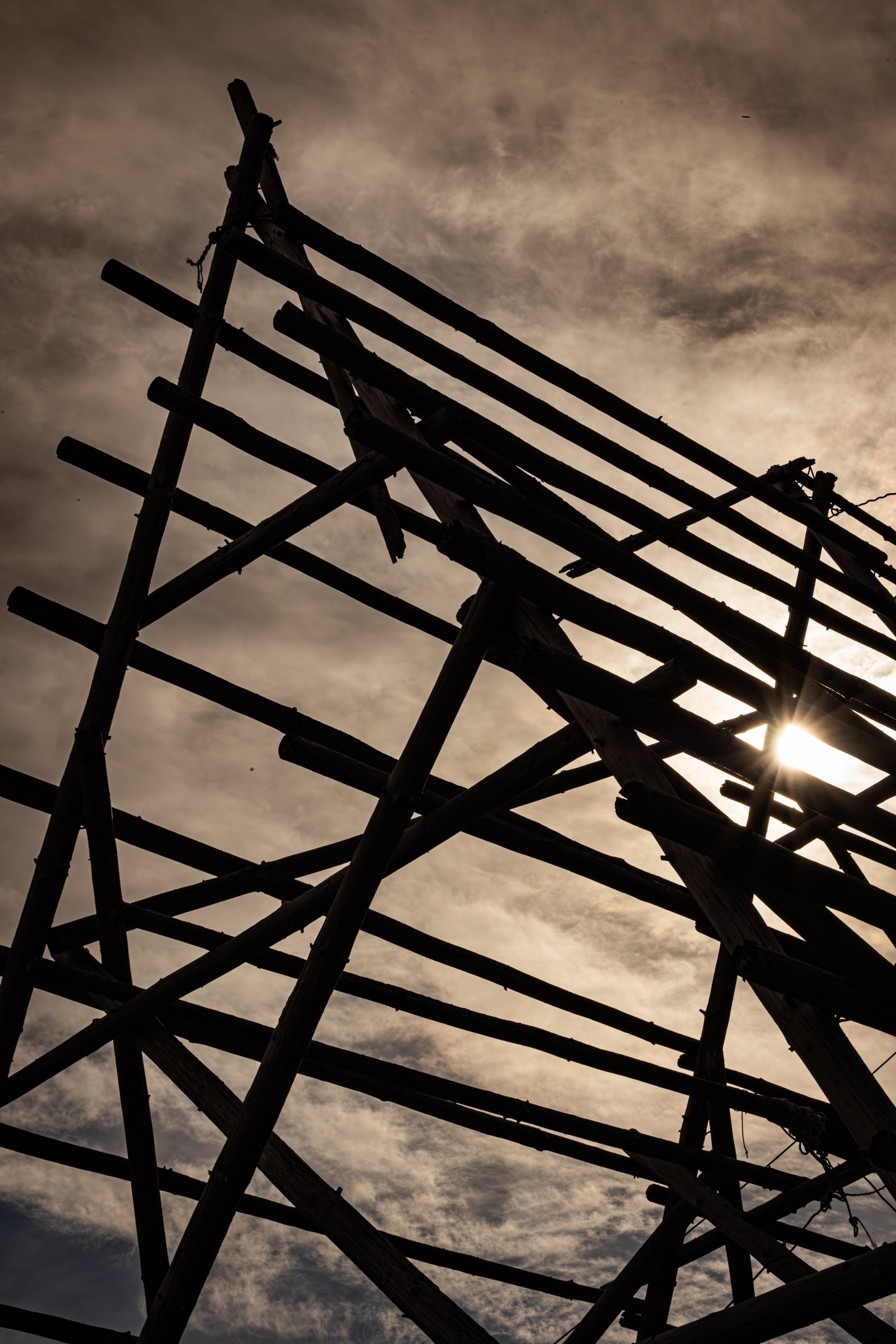
East Greenland
Guiding trips in East Greenland during the summer of 2024 was a dream come true—a bucket-list destination I had long aspired to visit. We witnessed humpback and fin whales feeding in the nutrient-rich Arctic waters, their presence symbolizing the resilience and beauty of the region. East Greenland’s rich cultural heritage added a unique depth to each journey, as we explored the profound human connections to the land and sea, shaped by the harsh Arctic environment. Hiking across vast, rugged landscapes, we were constantly reminded of the region's remoteness, surrounded by towering mountains, deep fjords, and the awe-inspiring Greenland Ice Sheet. Covering approximately 80% of the country, the ice sheet contains enough frozen water to raise global sea levels by over seven meters if fully melted. Its accelerated melting has far-reaching consequences for both local ecosystems and the planet. Each hike, photo stop, cultural exchange, and wildlife encounter deepened our understanding of the urgent need for climate awareness. This was more than a photography journey; it was an immersive experience in the story of a changing world, one I had long dreamed of and now had the privilege of sharing with others.
Exploring Greenland’s Beauty
East Greenland Culture
East Greenland’s culture is deeply rooted in the traditions of the Inuit people, who have thrived in one of the Earth’s harshest climates for thousands of years. These communities are marked by resilience, adaptation, and a profound connection to the natural world. In such an isolated region, where resources are limited, community is essential for survival. This bond extends beyond human relationships to include the land and animals, which have provided sustenance and materials for generations.
Hardy sled dogs have long been integral to East Greenlandic life, used for transportation and hunting across snow-covered terrain in the winter. When the ice breaks up, hunting shifts to traditional kayaks—lightweight, watertight boats made from animal skins stretched over wooden frames. Hunters, once relying on these vessels, now use zodiacs to fish and track seals and whales, passing these skills down through generations. While modern garden beds are now used to provide locally grown produce, traditional drying racks continue to preserve food and clothing materials for the harsh winter months. Clothing, meticulously crafted by women from animal skins and furs like seal and polar bear, is designed for both functionality and beauty, reflecting a deep respect for the animals that sustain them.
Artistic expression also plays a vital role in East Greenlandic culture, with intricate carvings made from bone, wood, and stone. These carvings depict animals, spirits, and scenes from daily life, representing the Inuit’s deep spiritual connection to their environment and their belief in the animism of the animals they hunt. Despite modern influences and the pressures of climate change, East Greenlandic communities work to preserve these cultural practices, maintaining the strong ties to the land and sea that have defined their way of life for centuries.



































